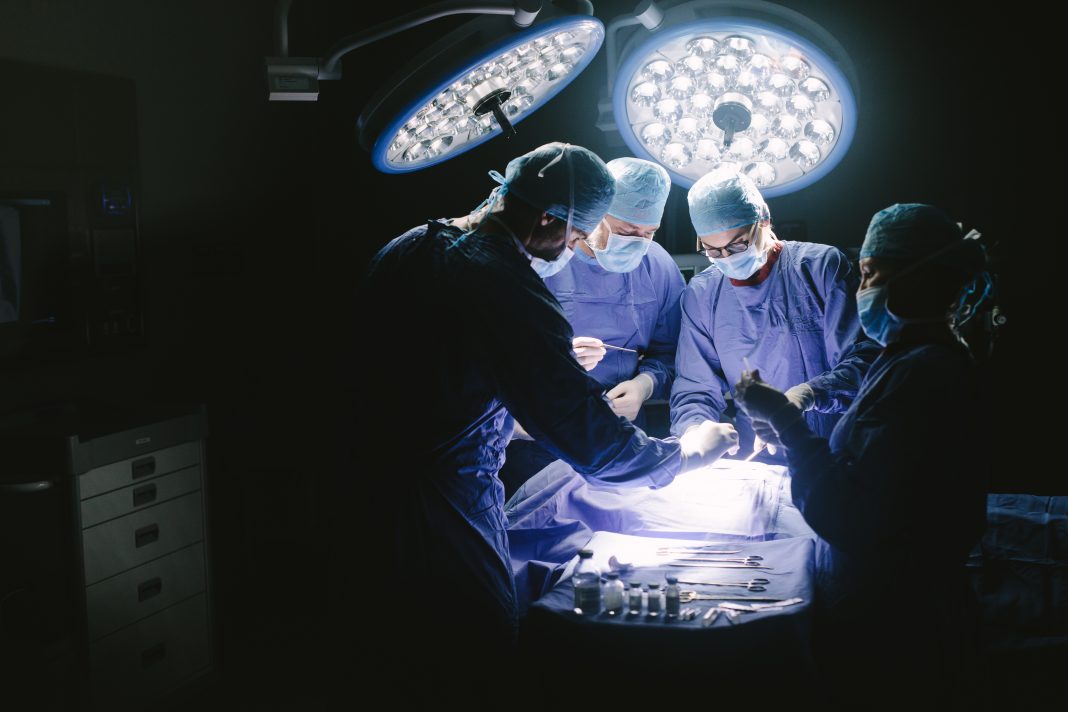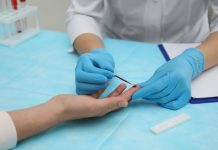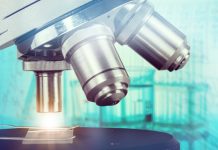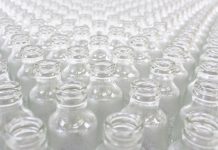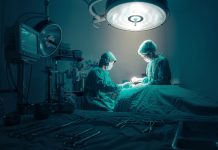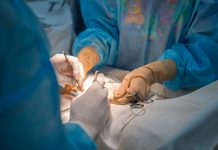New research indicates the potential to heal wounds may be assisted by replicating the plasma in blood through 3D printing to repair damaged tissues
Platelet-rich plasma (PRP) is a natural healing substance in blood.
This study has initiated research on ways to enhance the wound healing process by extracting PRP from the blood of a patient with a complex skin wound and employing it through 3D printing, potentially forming an implant for tissue repair.
This process can be used to treat difficult-to-heal skin wounds in a single surgical procedure
The study process demonstrated that by using the 3D-printed PRP implant, the healing of the wound could be accelerated through enabling efficient vascularisation – the development of new blood vessels – and inhibiting fibrosis, which is the scarring or thickening of tissue.
Both vascularisation and fibrosis are essential for effective wound healing.
Professor Fergal O’Brien, Professor of Bioengineering and Regenerative Medicine at RCSI, said: “Existing literature suggests that while the PRP already present in our blood helps to heal wounds, scarring can still occur.
“By 3D-printing PRP into a biomaterial scaffold, we can increase the formation of blood vessels while also avoiding the formation of scars, leading to more successful wound healing.
“As well as promising results for skin wound healing, this technology can potentially be used to regenerate different tissues, therefore dramatically influencing the ever-growing regenerative medicine, 3D printing and personalised medicine markets.”
This disruptive technology offers the opportunity for a patient’s autologous growth factors to be incorporated into a tailored 3D-printed scaffold in operating theatres before implantation, as part of a single-stage procedure.
It has potential in other tissue engineering applications to enhance vascularization with limited fibrosis, which could deliver a desired outcome.
Funding for this project came from Science Foundation Ireland under the M-ERA.NET EU network and the Advanced Materials and BioEngineering Research Centre, and the EU BlueHuman Interreg Atlantic Area Project and was published in Advanced Functional Materials, led by researchers at the Tissue Engineering Research Group (TERG) and SFI AMBER Centre based at RCSI’s Department of Anatomy and Regenerative Medicine.
Editor's Recommended Articles
-
Must Read >> What makes surgical teams more productive?


